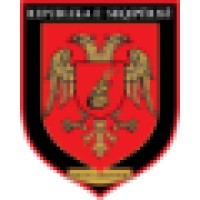
Albanian Armed Forces
The Albanian Armed Forces (AAF) (Albanian: Forcat e Armatosura të Republikës së Shqipërisë (FARSH)) were formed after the declaration of independence in 1912. Today it consists of: the General Staff, the Albanian Land Force, the Albanian Air Force and the Albanian Naval Force. According to the Albanian Constitution, the Albanian Armed Forces are charged to: Protect the territorial integrity of the country. Always be present in areas incurring menace. Assist the population in case of natural and industrial disasters and warn the dangers of military and non military nature. Protect the constitutional order as it is determined by law. Participate in international operations in composition of multinational forces.






